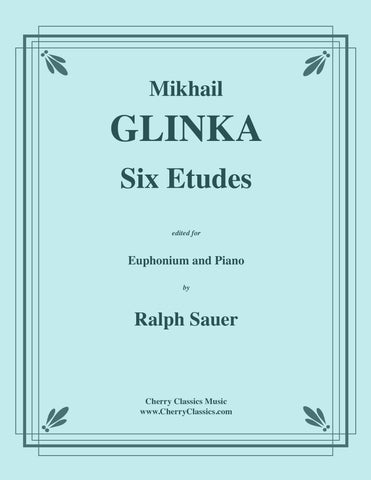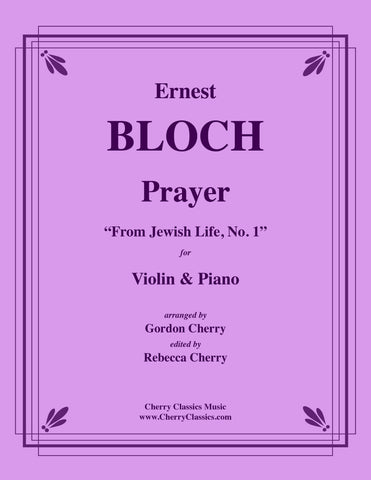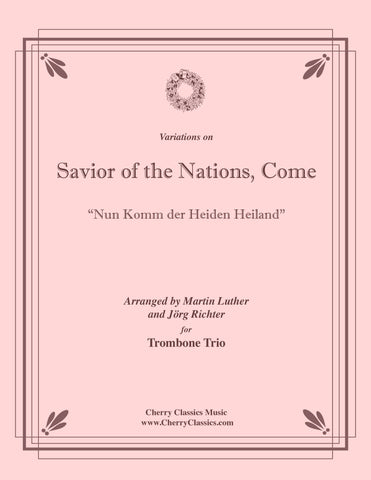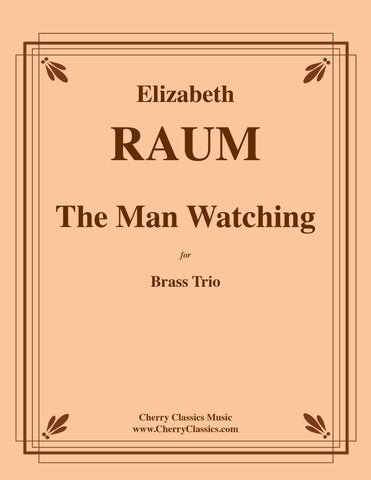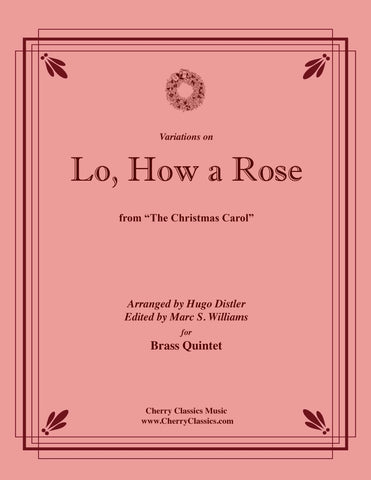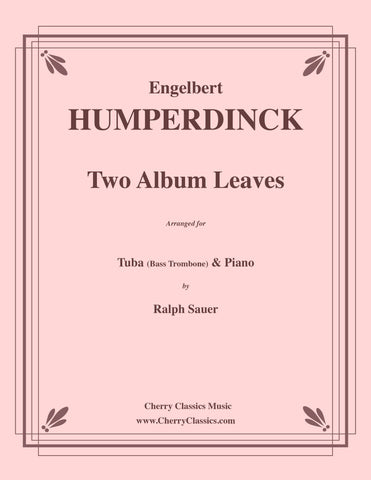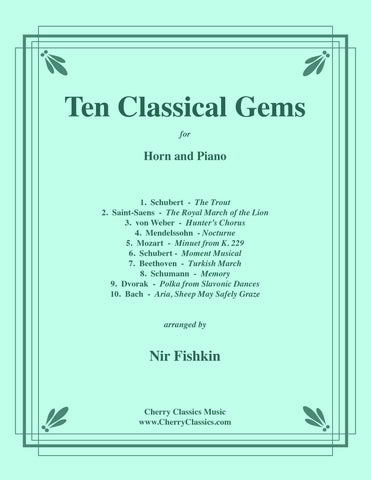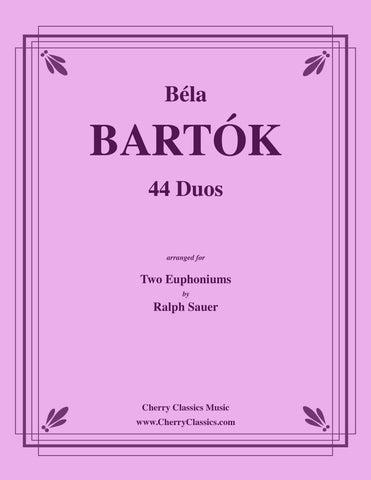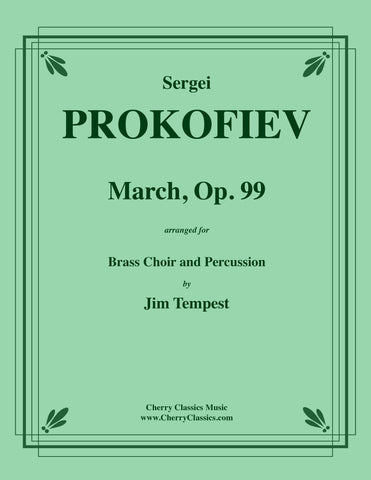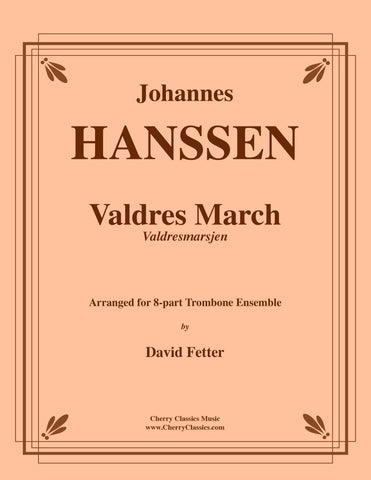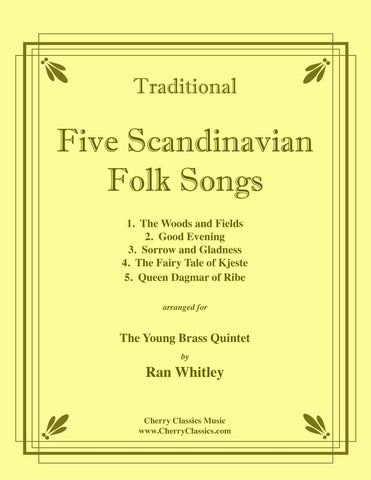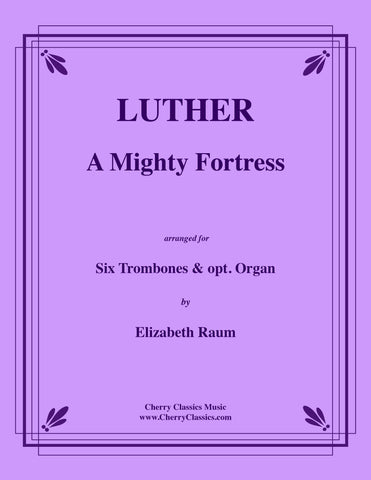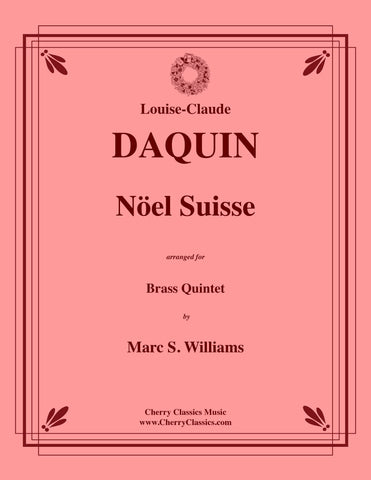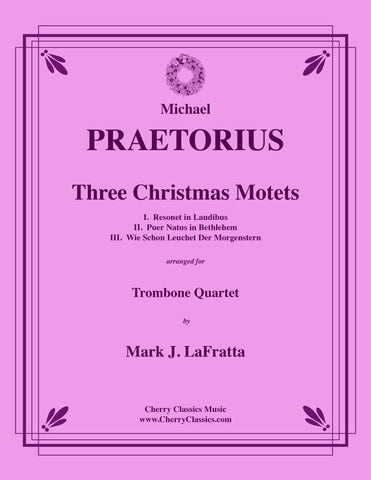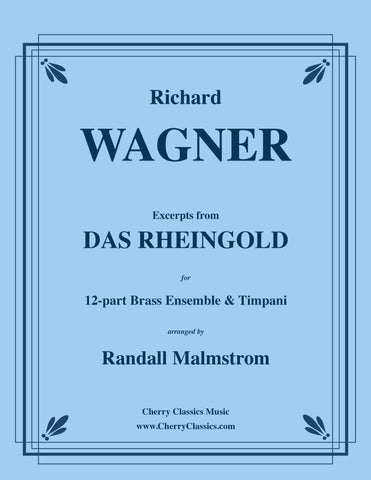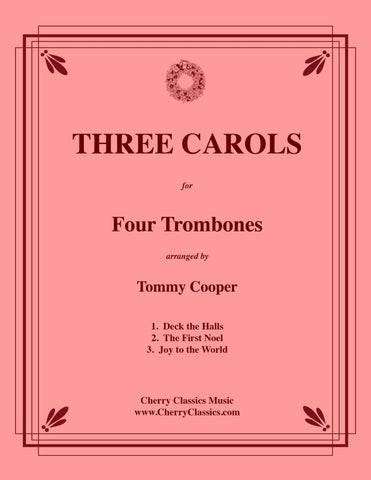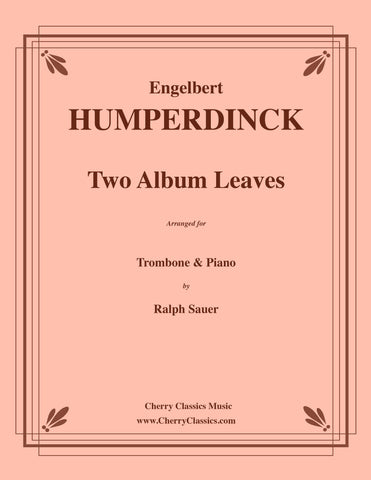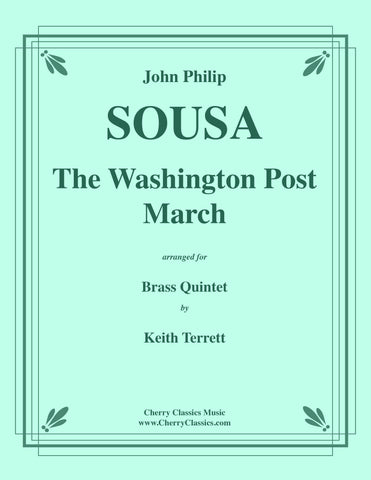Details
“Two Dreams for Trombone and Percussion Ensemble”
Dr. Justin Alexander (Director, VCU Percussion Ensemble) invited me to create a piece for solo trombone and percussion ensemble that had roles for more and less experienced players so that they could mix within the performance. I so enjoyed composing and performing this work. He estimates the overall difficulty grade of Movement I to be a three on a five-point scale and Movement II to be a four, with a grade four for the overall piece; but some players’ parts (within the eight total in the percussion ensemble) are indeed easier.
The two Movements are approximately five minutes each.
The first Movement Bilita Mpash (An Amazing Dream) calls for (1) shekeré/guiro; (2) 5-octave marimba (shared with...); (3) 5-octave marimba (shared with previous); (4) claves/drum set with mounted cowbell; (5) bell/mounted cowbell/congas; (6) hi-hat/suspended cymbal; (7) bass drum; and (8) four toms/maracas.
The Second Movement (Running with the Tigers) calls for (1) xylophone; (2) vibraphone/glockenspiel; (3) 5-octave marimba; (4) drum set; (5) shaker/samba whistle/congas (opt. voice); (6) triangle/bell tree/hanging bells/agogo bells (opt. voice); (7) bass drum (opt. voice); and (8) Timpani (opt. voice). Pending difficulty levels, the conga and drum set parts can optionally be split among additional percussionists. The score notes offer a stage plot and many rehearsal tips.
- Bilita Mpash (An Amazing Dream)
The 3-2 Rumba Clave anchors this movement, launched by the shekeré. Rhythmic vamps of multiple bars form the landscape over which the trombone’s melody emerges, followed by a move to double-time 2-3 Rumba Clave (with “montuno”) and back. The trombone soloist improvises without chordal accompaniment for a while so could reflect on the preceding harmonies or instead freely improvise with no concern as to chord changes, while a later section requires improv over chord changes. After the recap, a surprise tag of the ending phrase in Cha Cha sets up the rubato finish. Bilita Mpash (“BILL-it-uh m-POSH”) is a Bantu term for an amazing dream, a dream so good that it is the polar opposite of a nightmare—a dream in a blissful state where all is forgiven and forgotten
2. Running with the Tigers
The opening, written-out marimba solo is somewhat of a nod to vibist Gary Burton’s influence in bringing mallets towards the expression of modern jazz. A 9/8 samba-groove (5+4) transforms to 4/4. None of the percussionists have to have a jazz background, though the drum set player would be more challenged if not already exposed to Latin drumming. The improvised solo section could be all solo trombone or could be divided among various performers, including “trading.” The recap of the tune begins over 5/8 samba (3+2, later 2+3). The closing arrhythmic drum-set solo crescendos as the optional surprise of percussionists’ (or additional) voices sing at the end. The title of this movement refers to a recurring dream my dad would have, as well as to the active movements of my grandson when sleeping in his earliest years.
—Antonio J. García
Instrumentation is for:
Solo Trombone and 8-part Percussion Ensemble:
shekeré/guiro, 2 5-octave marimbas, claves/drumset with cowbell, bell, congas, hi-hat, suspended cymbal, bass drum, toms, maracas, xylophone, vibraphone, glockenspiel, shaker, samba whistle, congas, triangle, bell tree, hanging bells, agogo bells, bass drum, and timpani.
This rhythmic and dramatic work includes improvisation by the Trombonist.
Listen to the brilliant live performance featuring Mr. Garcia and the Virginia Commonwealth University Percussion Ensemble directed by Dr. Justin Alexander.
Also, listen to the MIDI sample on the bottom track which gives the listener a better overall sound of the percussion instruments.
Below is the complete review of this work from the ITA Fall Journal 2022:
Two Dreams for trombone and percussion ensemble. N.p.: Cherry Classics Music, 2021. Playing time 9:30. Score and parts. www.cherryclassics.com.
Commissioned in 2017 for the Virginia Commonwealth University Percussion Ensemble, Antonio J. García’s Two Dreams is written in two movements and features a jazz trombone soloist throughout both. The first movement, entitled “Bilita Mpash” (“An Amazing Dream”), explores a variety of Afro-Cuban grooves. It is rhythmically active and complex, switching frequently between 6/8, 2/2 and 4/4 meters...with a plethora of syncopation in each meter. Harmonically, it consists mostly of II-V-I progressions without ever landing in one key center for too long.
The second movement, “Running with the Tigers,” seems to be a much more straightforward A-A-B-A tune throughout. While the main “groove” of the A section is a 2+3+4 samba written in 9/8 meter, the rhythmic structure is more constant and repetitive than that of the first movement. The bridge is written in 4/4, with lots of sixteenth-note syncopation. The chord changes in the solo section are also a bit more predictable, particularly in the A section.
On the surface, the trombone part does not seem too difficult. Any trombonist with reasonable jazz background should be able to navigate these styles and chord changes. The range of the written-out sections only exceeds b-flat1 once, up to c-sharp2. However, the interplay between the percussion parts and the trombone part could make this more challenging to put together with less-experienced ensembles.
That said, Antonio García’s “Two Dreams” will surely prove to be an audience favorite that creates a unique opportunity for a jazz trombonist to collaborate with a percussion ensemble.
—Greg Strohman (Dickinson College), International Trombone Association Journal, International Trombone Association, Vol. 50, No. 4, October 2022, pp.90-91.

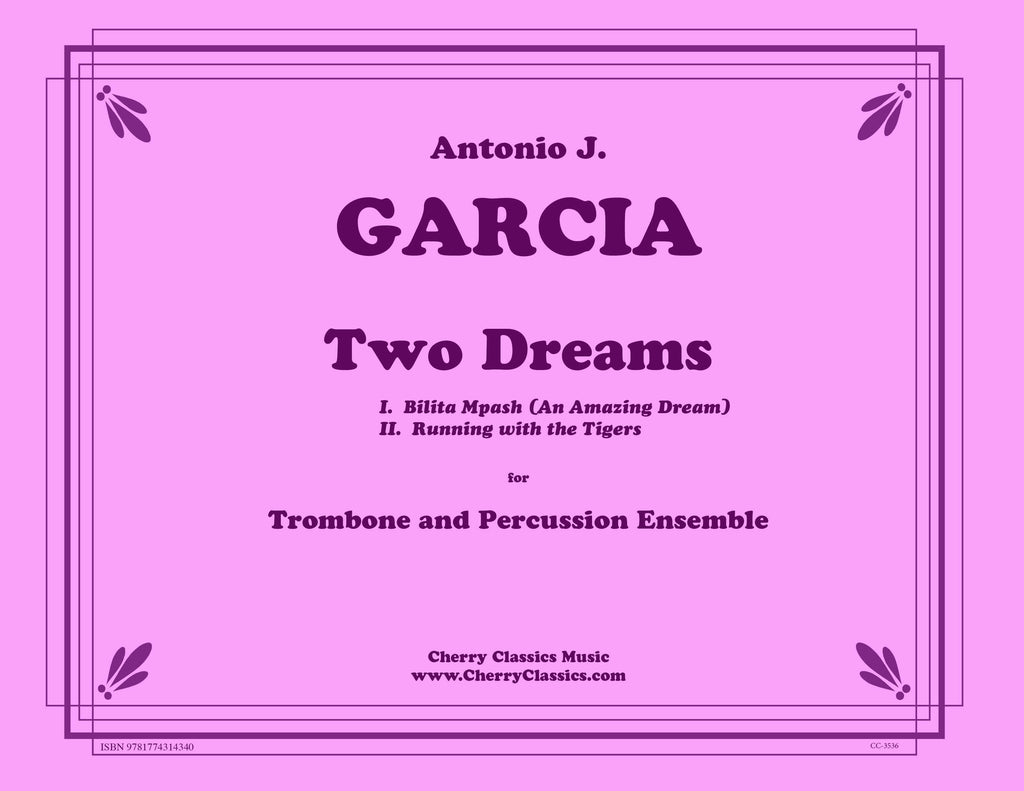
 Gordon Cherry has been running Cherry Classics for over 20 years. He is a leading professional Trombonist in North America, having performed as Principal Trombonist of the Vancouver Symphony, and the CBC Radio Orchestra. As well, Gordon has taught hundreds of Brass students for over 30 years at the University of British Columbia and many international leading music festivals.
Gordon Cherry has been running Cherry Classics for over 20 years. He is a leading professional Trombonist in North America, having performed as Principal Trombonist of the Vancouver Symphony, and the CBC Radio Orchestra. As well, Gordon has taught hundreds of Brass students for over 30 years at the University of British Columbia and many international leading music festivals.












